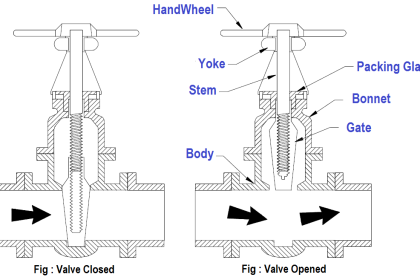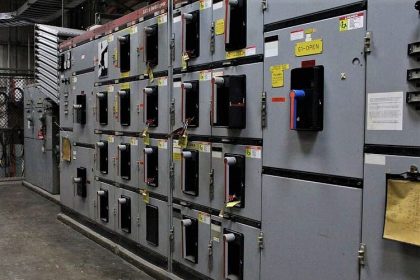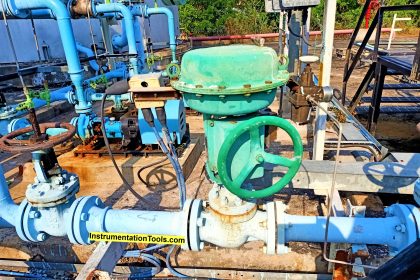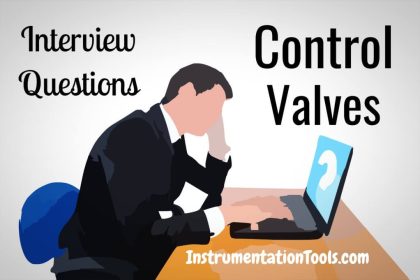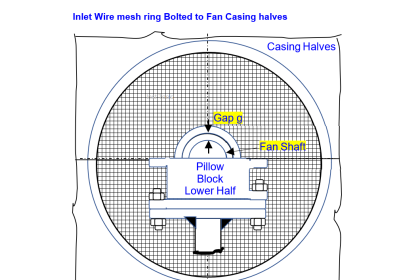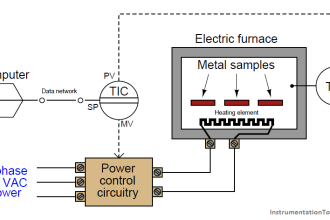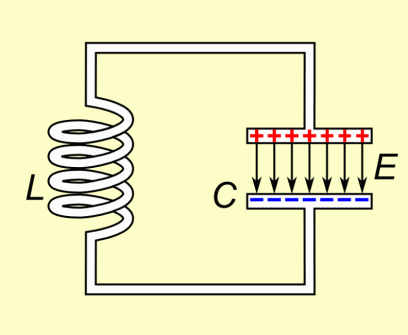Root Cause Analysis (RCA): Erratic Stroking Control Valves threaten delaying the 4-months shutdown plants restart.
Note: This root cause analysis (RCA) is from real-time scenarios that happened in industries during the tenure of one or two decades ago. These articles will help you to improve your troubleshooting skills and knowledge.
Control Valve Problem
Severe drought forced a 4‑months plant shutdown, as all available water did not meet the citizen’s drinking water needs even.
Operators checked the equipment two weeks before the plant water supply promised resumption. They found around 75 erratically stroking control valves (CV).
Even smart instrument engineers and crews’ inability to set the CVs’ valve positioners (VP) right resulted in the author – then instrument chief – intervention.
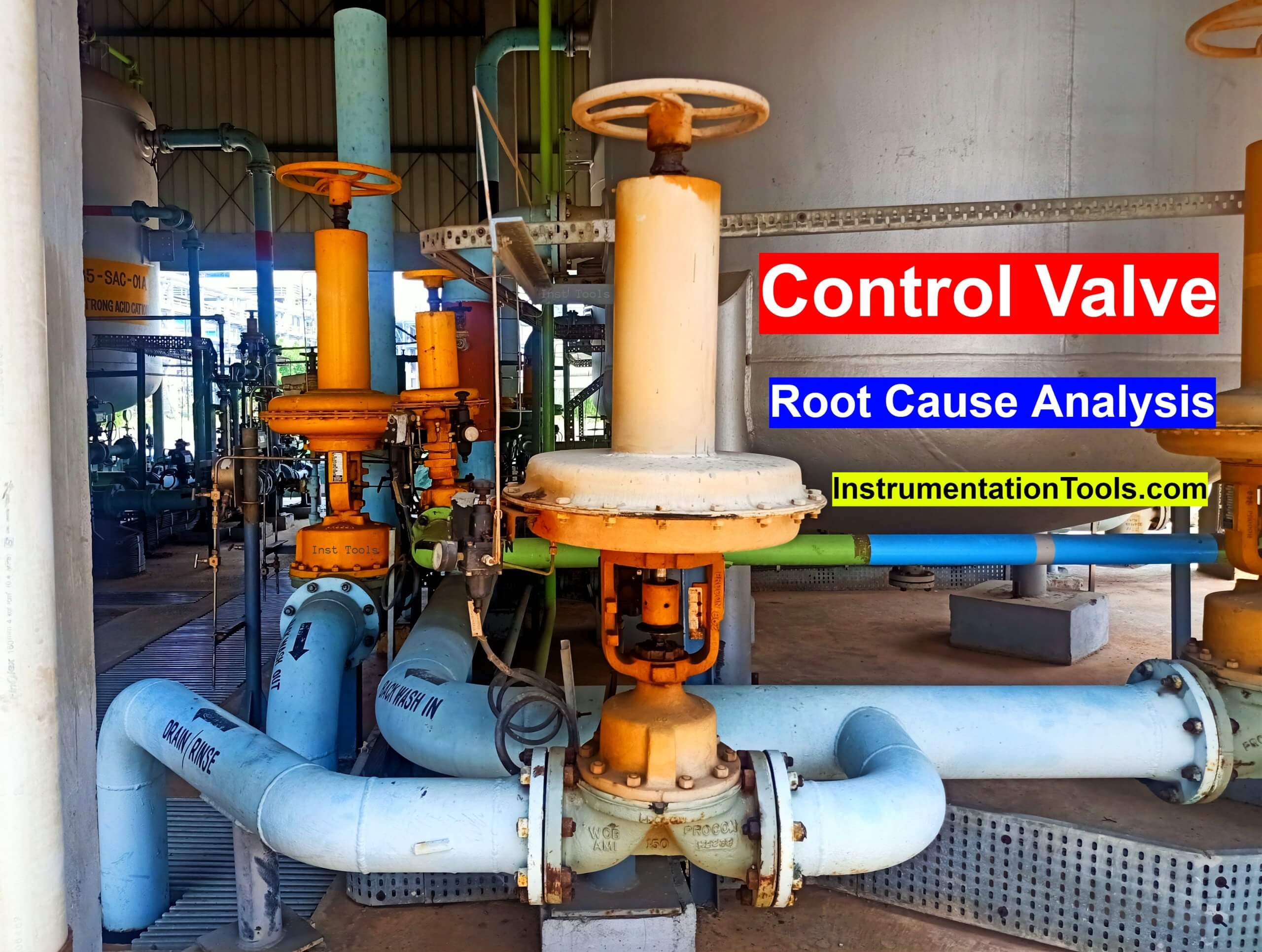
Note: The above image is not related to this root cause analysis of the control valves article.
Author Solution
The Difficult to Diagnose, Unusual, and Despairing Problem (DDUDP) baffled the author too. His guess of the VPs’ damaged input, output bellows, or both seemed ridiculous as the minus 40 deg C dew point moisture and oil-free instrument air-wetted VPs parts shined as new.
In the absence of other causes, he dissembled a calibration defying valve positioner (VP) input bellow reluctantly. Lo & Behold! The spring inside was so rusted that finger pressing crumbled it.
How the absolutely dry air wetted springs rusted is still a mystery! Random 3 more bellows springs too crumbled easily.
An unusual step solves the unusual problem! The USA valve vendor refusal to airfreight springs only, his exorbitant prices for the entire bellows assemblies and 3 months deliveries despaired all, eager to start the 4 months long shutdown plant soonest. The managers urged the author to find a quick and lasting solution hook or crook!
After an hour thought, the author gave a spring removed from a good valve positioner (VP) to a local spring maker and asked him to supply 25 Nos. identical springs by the evening! He dispelled the aghast all persons particularly instrument engineers and technicians objections thus:
- Springs made out equal dia same spring steel wire copying the original will have the original spring’s load vs. deflection characteristics, subject to minor individual variations because of making tolerances
- Calibrating each positioner strokes the control valve correctly despite the springs’ springs load vs. deflection characteristics minor variations. This is the reason for calibrating each valve positioner with even VP vendor provided springs.
- Still all were doubtful and sure the author’s attempt would fail and awaited the imported high cost input bellows assemblies arrival.
Success
The vendor delivered 25 Nos. springs the next morning. Since none found the spring rusting cause, the author got the springs dipped in anti-corrosive black paint and sun-dried to avoid likely corrosion.
Instrument technicians fitted one each to randomly selected six different travels control valves and their valve positioners. The six control valve’s easy and repeatable calibrations pleasantly surprised all.
The skeptics who predicted doom also grudgingly admired the author! The vendor delivered 60 more springs the next day and fulfilled the order.
The bold step benefits:
The bold step benefits are:
- Crew fitted a painted spring to each of the erratic stroking control valves (CVs) and readied all CVs within 3-days. The valve positioners (VPs) calibrations were easy, repeatable and hysteresis free.
- Randomly checked two days before water supply resumption 10 CVs fine stroking doubly assured the new springs’ quality.
- The valve positioners repair costs were negligible
- The US valve vendor accepted the bellows assemblies order cancellation free of charge
- Above all the three months re-start delay threat eliminated.
Epilogue
A year later inspected 3 Nos. random springs were sound and not corroded. The local springs fitted all valve positioners performed as problems-free as other valve positioners during the author’s 15 years-long service in the plant.
Author: S. Raghava Chari
Do you face any issues with control valves? Share with us through the below comments section.
If you liked this article, then please subscribe to our YouTube Channel for Instrumentation, Electrical, PLC, and SCADA video tutorials.
You can also follow us on Facebook and Twitter to receive daily updates.
Read Next:

